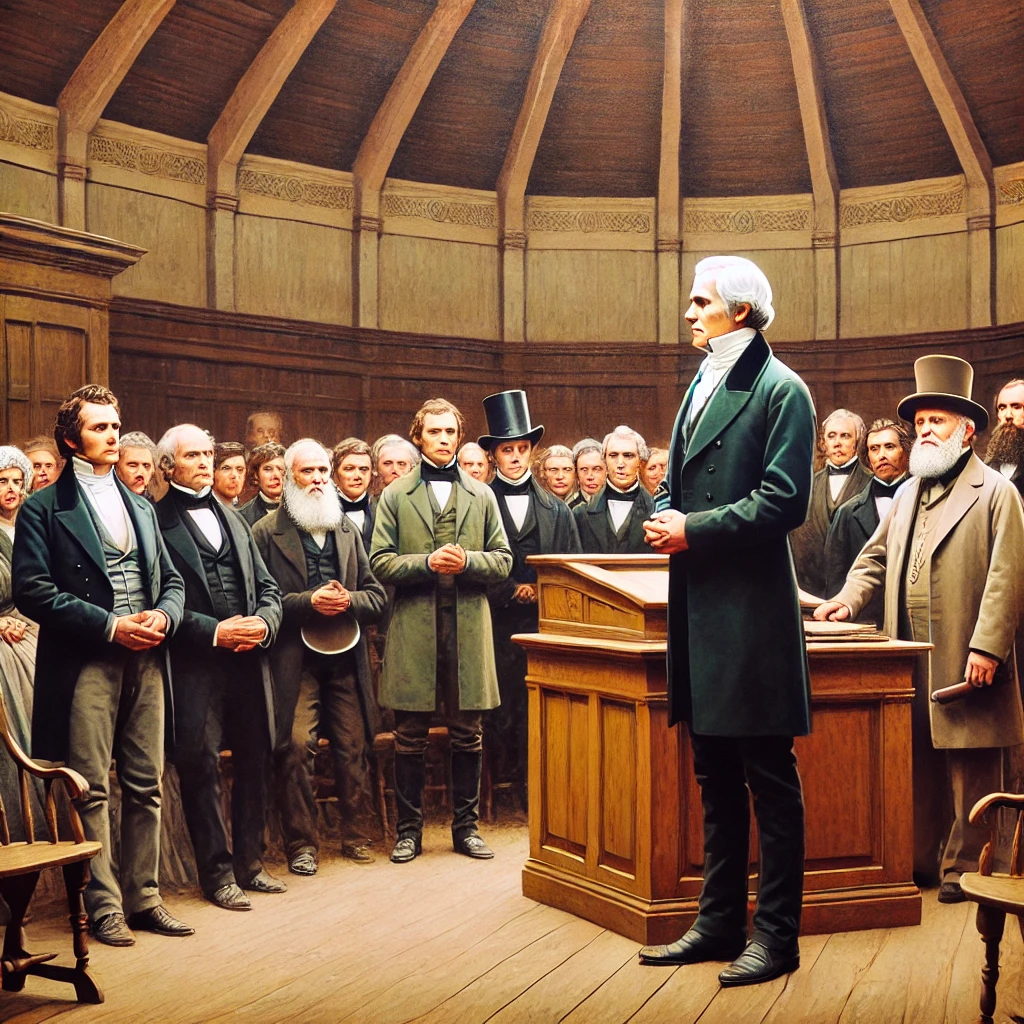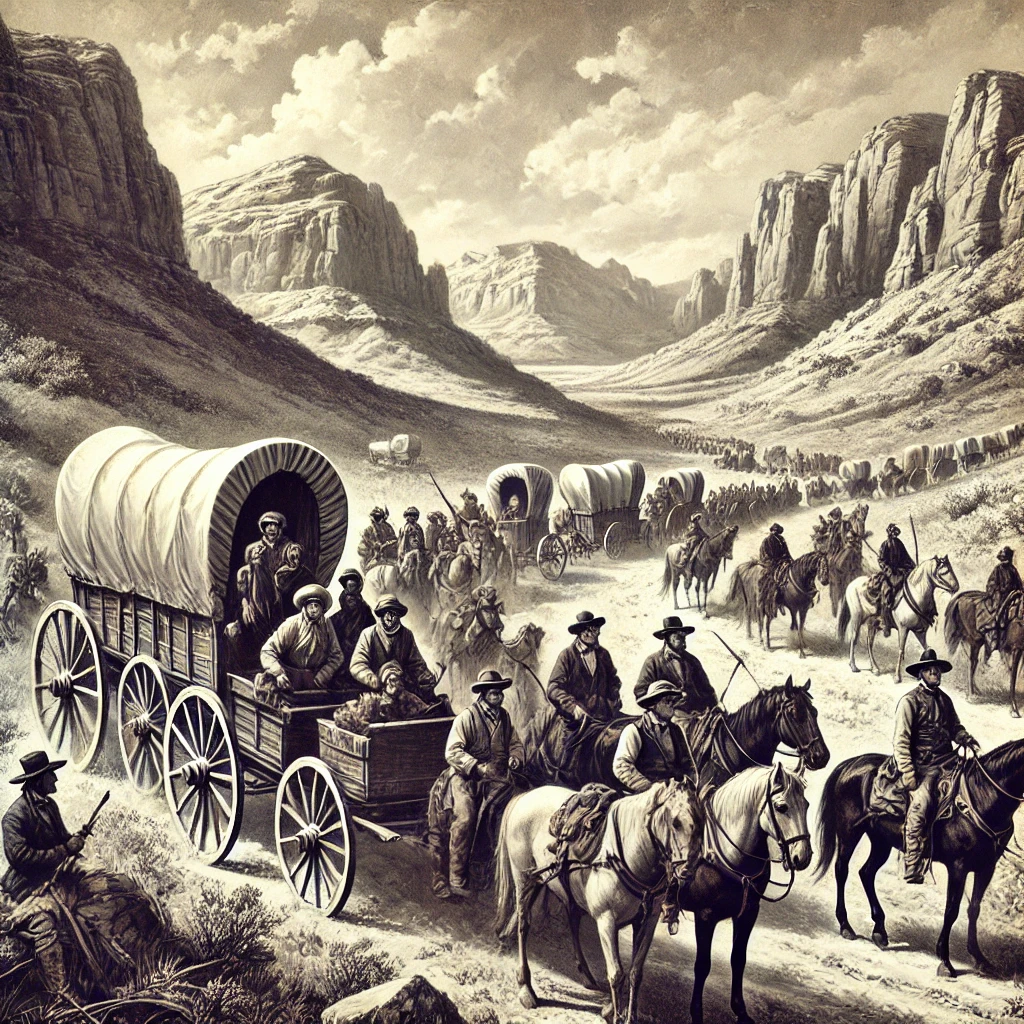On August 7, 1844, Brigham Young was chosen to lead the Church of Jesus Christ of Latter-day Saints (LDS Church), following the death of the church’s founder, Joseph Smith. Smith had been the central figure in the establishment of the church and had led the Latter-day Saints through a period of significant growth and adversity. His sudden death in June 1844 left the church in a state of uncertainty and turmoil, prompting the need for a new leader to guide the faithful.
Brigham Young, one of Smith’s closest associates and a prominent church leader, emerged as the successor after a period of intense deliberation and debate among the church’s members. Young’s appointment was confirmed by a revelation he claimed to have received from God, which affirmed his role as the new prophet and leader of the LDS Church. His selection marked the beginning of a new chapter in the church’s history and set the stage for the expansion of its influence.

Brigham Young’s Leadership and Vision
Under Brigham Young’s leadership, the LDS Church experienced a period of profound transformation and growth. Young’s vision included leading the church to the western territories of the United States, which were then largely uncharted and unsettled. He spearheaded the migration of thousands of Latter-day Saints to the Salt Lake Valley in present-day Utah, a journey known as the Mormon Pioneer Trail.
Young’s leadership was marked by his organizational skills and his ability to inspire and mobilize the church’s members. He established Salt Lake City as the headquarters of the church and laid the groundwork for the development of a thriving community in the region. His leadership not only ensured the survival and growth of the church but also significantly impacted the settlement and development of the western frontier.

Legacy and Impact of Brigham Young’s Leadership
Brigham Young’s appointment as the leader of the LDS Church on August 7, 1844, had a lasting impact on the church and the American West. His successful leadership during the migration to Utah solidified his legacy as a key figure in the history of the church and the settlement of the western United States. The infrastructure and communities established under his guidance played a crucial role in shaping the region’s development.
Today, Brigham Young is remembered as a central figure in Mormon history and a significant leader in American religious and frontier history. His contributions are commemorated through various institutions and landmarks, including Brigham Young University and numerous historical sites in Utah. His leadership and vision continue to influence the LDS Church and its global membership, reflecting his enduring impact on both religious and regional history.

Brigham Young’s selection as the leader of the LDS Church on August 7, 1844, marked a pivotal moment in the church’s history and in the development of the American West. His leadership facilitated the church’s migration to Utah and laid the foundation for its growth and influence in the region. The legacy of Brigham Young continues to be felt today, highlighting his significant role in shaping both religious and cultural history.
